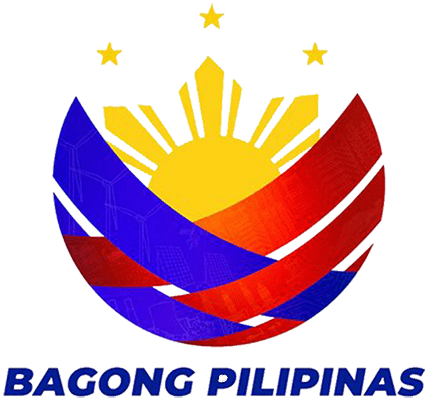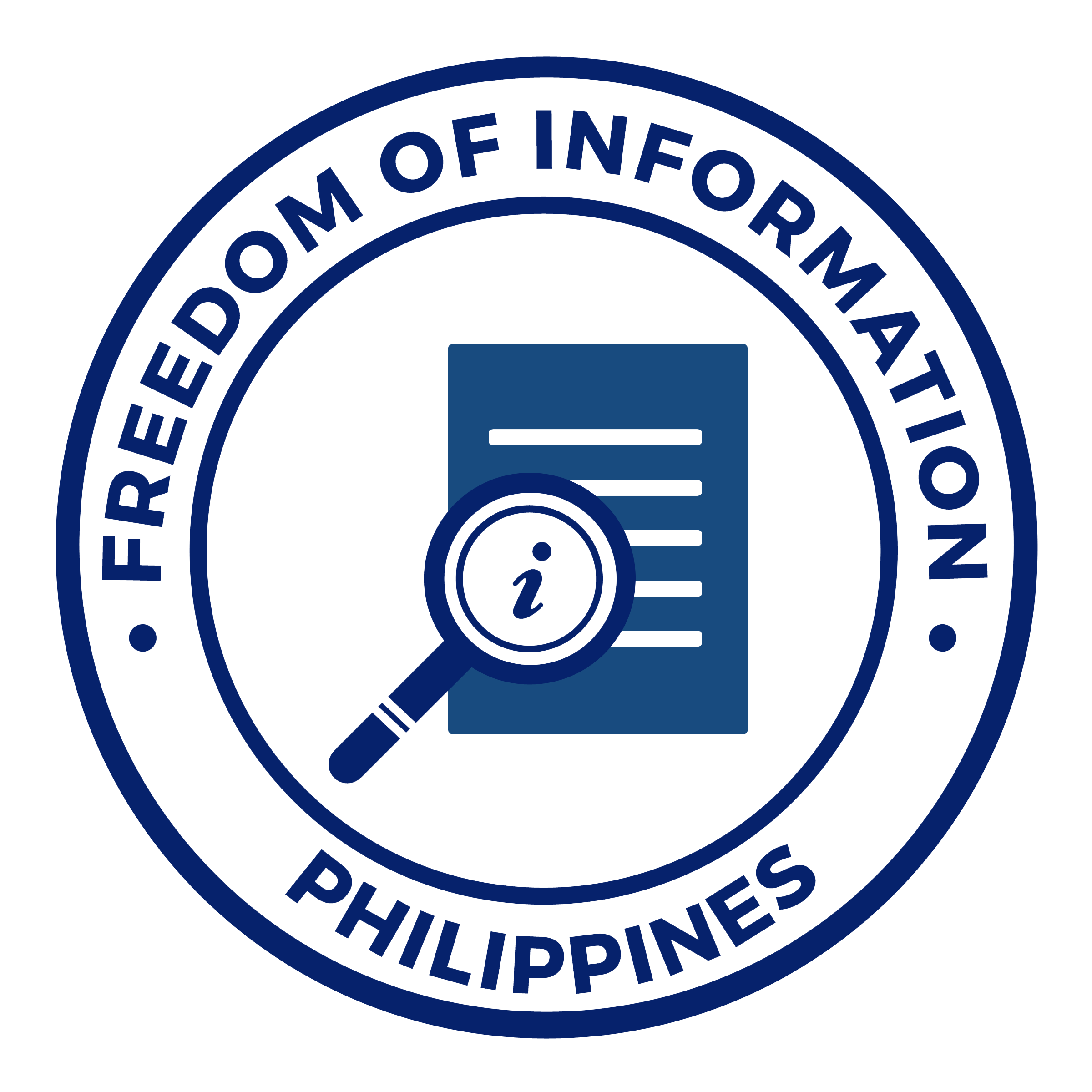CALLS AND EVENTS
CALL FOR NOMINATIONS: 2024 ALBERTO G. ROMUALDEZ, JR. OUTSTANDING HEALTH RESEARCH AWARD (AROHRA)
The Department of Science and Technology- Philippine Council for Health Research and Development (DOST-PCHRD) is pleased to announce that the Call for Nominations for the 2024 Alberto G. Romualdez, Jr. Outstanding Health Research Award (AROHRA) is now open.
The Alberto G. Romualdez, Jr. Outstanding Health Research Award (AROHRA), given every three years, encourages researchers to be sensitive to the scientific and technological needs of the health delivery system and rewards those whose research have contributed significantly to addressing prevalent health issues.
The Award seeks to commend research programs or projects that have demonstrated strong link between research and practice through the utilization of research findings in the health delivery system. Given by the Department of Science and Technology-Philippine Council for Health Research and Development (DOST-PCHRD) in collaboration with other implementing agencies of the Philippine National Health Research System (PNHRS), the Award has two (2) categories, namely: Biomedical Research and Health Services Research.
ELIGIBILITY
1. What can be nominated
The award is open to completed research programs or projects done or led by Filipino researcher/s. The nominated entry must be done mainly in the Philippines or that its scope, participants and beneficiaries are in the Philippines.
For purposes of this Award, a research program refers to a group of interrelated or complementing research projects that require an interdisciplinary or multidisciplinary approach to meet established goal/s within a specific time frame, while a research project refers to the basic unit in the investigation of specific research problems with predetermined objective/s to be accomplished within a specific time frame.
Nominated research programs or projects may fall under any of two categories: Biomedical Research or Health Services Research.
- For Biomedical Research, the program or project must be engaged in generating and/or adopting appropriate health technologies that address specific health problems and emphasize the development of diagnostic tools and techniques, biologicals (e.g. drugs, vaccines, functional foods, etc.), biomedical devices, and ICT-based healthcare technologies.
- For Health Services Research, the program or project must be involved in the organization, administration, operation, utilization and other aspects of health services delivery systems that address the country’s social, political, cultural, and economic conditions.
2. Who can nominate
Any institution; members of the consortium; scientific, technological and professional societies or associations; research institutes; universities and colleges; and individuals may submit a nomination. Self-nomination is not allowed.
NOMINATION PROCEDURES
Submit the AROHRA nomination form (guide questions) for initial screening to the Regional Health Research and Development Consortium (RHRDC) Secretariat. Nominations must be received by the RHRDC secretariat no later than January 5, 2024.
You may find the nomination form, guide questions, guidelines, and RHRDC directory at this link: https://bit.ly/2024AROHRANominationForm
Shortlisted nominees will be endorsed by the RHRDCs to DOST-PCHRD. Qualified nominees will be selected and contacted by DOST-PCHRD. Qualified nominees will be required to submit the following documents in hard and electronic copies:
- Fully-accomplished Entry Form
- Write-up on the impact of the project on health delivery, a contextualization of the problem that the program/project seeks to address and a description of the program/project, highlighting how the results were utilized, as well as the benefits derived from their utilization.
- One copy of each of the technical reports and/or publications of the completed projects leading to technology transfer and/or translation to a policy formulation or program intervention.
- Statement from the technology user(s) and program or project end-user(s) describing the contribution of the technology and program or project in improving health delivery.
After the preliminary screening, the judges may ask for additional supporting documents from the nominees.
SELECTION
1. Criteria for Selection
Criteria for selection will vary according to category.
-
- Biomedical Research
a.1 Extent of impact on health/quality of life – 50%
-
- Contributes to the promotion of well-being of a significant section of the population – the technology developed or adopted must have addressed any of the top ten diseases/causes of morbidity/mortality in the Philippines or within the National Objectives for Health (NOH)/Sustainable Development Goals(SDGs)/ AmBisyon Natin 2040 (25%)
-
- Designed towards a long-term solution to health problems affecting a majority of the population – the technology developed or adopted must be geared towards reduction in the incidence/prevalence of disease or the burden of disease (15%)
-
- Addresses a health priority or commitment aligned with the National Unified Health Research Agenda (NUHRA) (5%)
- Has short gestation period for timely application of results (the duration of development and application fall within 3 years) or can present interim results that are substantial and impactful (5%)
a.2 Economic benefits – 30%
-
- Has potential savings accruing from import substitution and reduced healthcare costs (cost benefit derived from the use and application of the product or process generated by the research program or project) (15%)
-
- Has a potential for export (Applications for quality assurance certification and patent registration have been filed to ensure that the product is safe and commercially viable) (5%)
- Increases productivity and generates employment (based on a potential technology commercialization plan or proof of commercial initiation or an intent for commercial application e.g. medicinal product has generated work for Filipino farmers) (5%)
- Achieves better allocation/application of health resources (The technology generated by the research program or project uses locally sourced materials or if it is a process, has sourced its experts from within the local expert community, which includes local manufacturing plants and experts from local engineers/technicians, if applicable) (5%)
a.3 S&T benefits – 20%
-
- Contributes to the existing body of knowledge and/or provides a solution or technological innovation regarding a health problem (15%)
- Serves as a stepping stone for other areas of investigation (with impact on knowledge generation) (5%)
b. Health Services Research
b.1 Extent of impact on health/quality of life – 60%
-
- Contributes to the promotion of well-being of a significant section of the population (the operational nature/extent of the health services problem addressed any of the top ten diseases/causes of morbidity/mortality in the Philippines or within the National Objectives for Health (NOH)/Sustainable Development Goals(SDGs)/ AmBisyon Natin 2040 (20%)
-
- Designed towards a long-term solution to health problems affecting a majority of the population especially in the geographically isolated and disadvantaged areas – (the project’s operation or administration is geared towards or has brought about a solution to an administrative/operational/utilization problem concerning a health service/disease or situation)1 (30%)
-
- Addresses a health priority or commitment aligned with the National Unified Health Research Agenda (NUHRA) (5%)
- Has a short gestation period for timely application of results (the realizable gain must have been documented and/or attested by the program manager/s of DOH within 3 years of project implementation) or can present interim results that are substantial and impactful (5%)
b.2 Economic benefits – 30%
-
- Has potential savings accruing from reduced healthcare cost (cost benefit or utilization cost derived from the organizational/ administrative/operational change) (15%)
-
- Increases human resource productivity (the aspect of human resources for health that translates into productivity as a result of the organizational involvement of the project with existing health programs) (10%)
-
- Achieves better allocation/application of health resources (the changes introduced by the research program or project provides savings or the streamlining of services, procurement systems, or other processes, which results in better health services) (5%)
b.3 S&T benefits – 10%
-
- Contributes to the existing body of knowledge and/or provides a solution to health problems (the managerial/operational issue on services being resolved) (5%)
- Serves as a stepping stone for other areas of investigation (the ability of the project to generate research questions that will further improve health services) (5%)
2. Procedure for Selection
a. There will be two (2) levels of selection: Preliminary Screening and Final Selection
b. Preliminary Screening:
b.1 Nominations for the Award will be evaluated by a Screening Committee composed of distinguished scientists and technical experts appointed by the DOST-PCHRD. The Screening Committee can undertake visits or interview nominees or other concerned individuals to validate statements made in the entry form.
b.2 The Screening Committee recommends a shortlist of candidates to the Board of Judges for its consideration.
c. Final Selection:
c.1 The Board of Judges reviews the work of short-listed candidates and decides on the awardee for each category based on the set criteria.
c.2 If the Board of Judges finds that no research program or project sufficiently meets the qualifications for a particular category, the Board of Judges has the prerogative to not grant the Award. Winners are ineligible for subsequent nominations, while non-winners are still eligible for nominations upon submission of a new set of documents.
c.3 The decision of the Board of Judges is final.
INCENTIVES
The winners in each category will receive a cash prize amounting to PHP 1,000,000.00 (Net of Tax) and a trophy. Consolation prizes amounting to PHP 30,000.00 (Net of Tax) will also be provided to the shortlisted nominees.
TIMETABLE
| Activities | Schedule |
| Call for nominations | November – December 2023 |
| Deadline of submission of recommendation form to respective consortium | January 5, 2024 |
| Submission of the endorsed recommendation forms to DOST-PCHRD | January 12, 2024 |
| Submission of complete nominees’ documents to DOST-PCHRD | February – March 2024 |
| Screening of nominees’ submitted documents | March – April 2024 |
| Selection Process | May – June 2024 |
| Awarding | PNHRS Week Celebration 2024
(2nd week of August) |
1 The general areas that can be considered are as follows:
- Decision based solution to operational problems, e.g., Clinical Practice Guidelines that significantly reduce mortality/morbidity
- Improvement of the value chain in the healthcare system in terms of services or product delivery, e.g., procedures that provide quality assurance in the cold chain of EPI that preserve vaccine integrity and potency
- Application of qualitative/quantitative research results in operationalizing efficiency in the current health programs of the DOH, e.g., DOTS, Mass drug treatment in schistosomiasis, filariasis, geohelminths, as well as operational solution to reduce drug resistant malaria
- A health technology adoption for which managerial/operational solutions were done or implemented to facilitate the adoption
- A health technology adoption for which cultural/political/social changes have been done or implemented to facilitate the adoption




